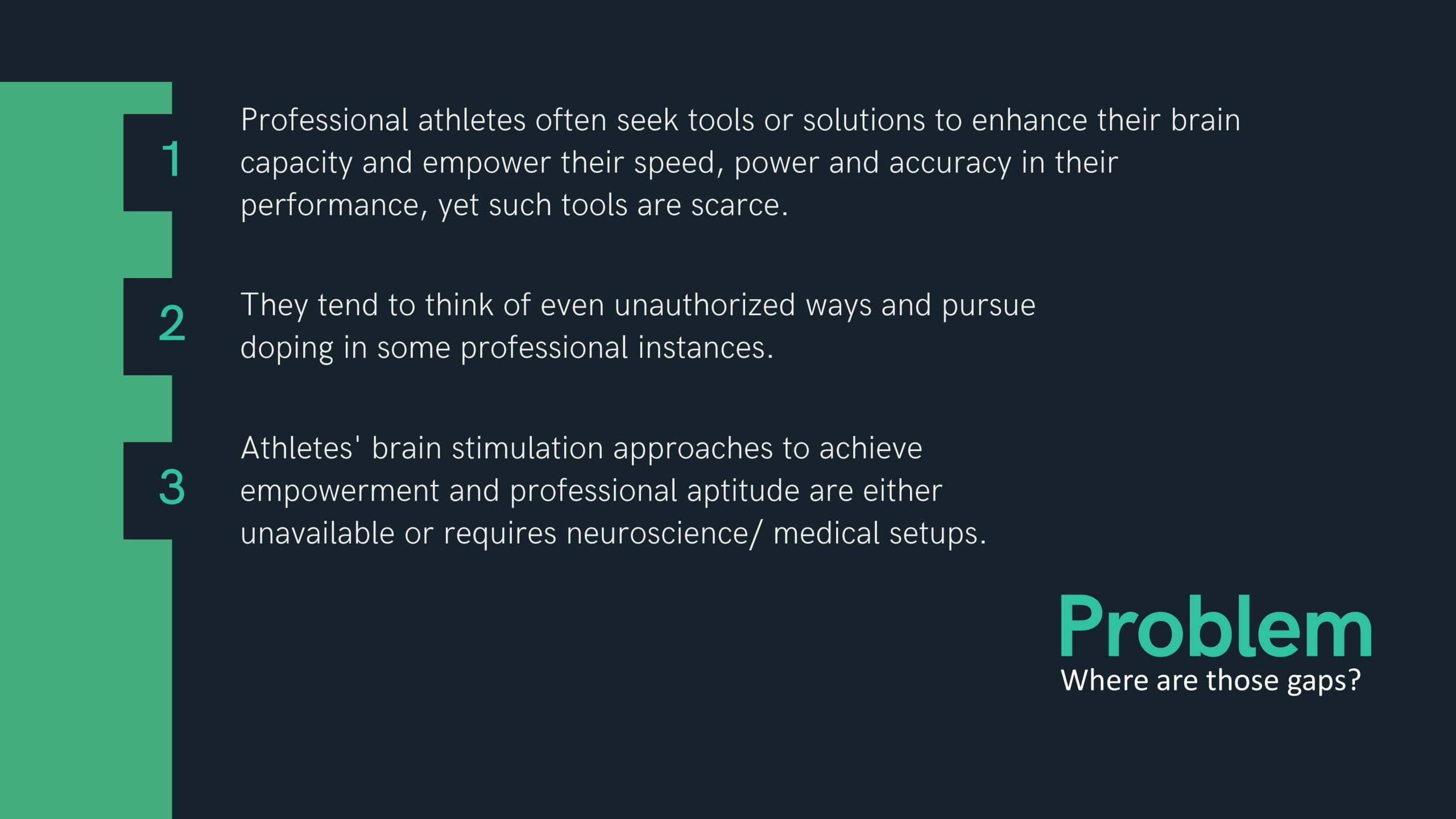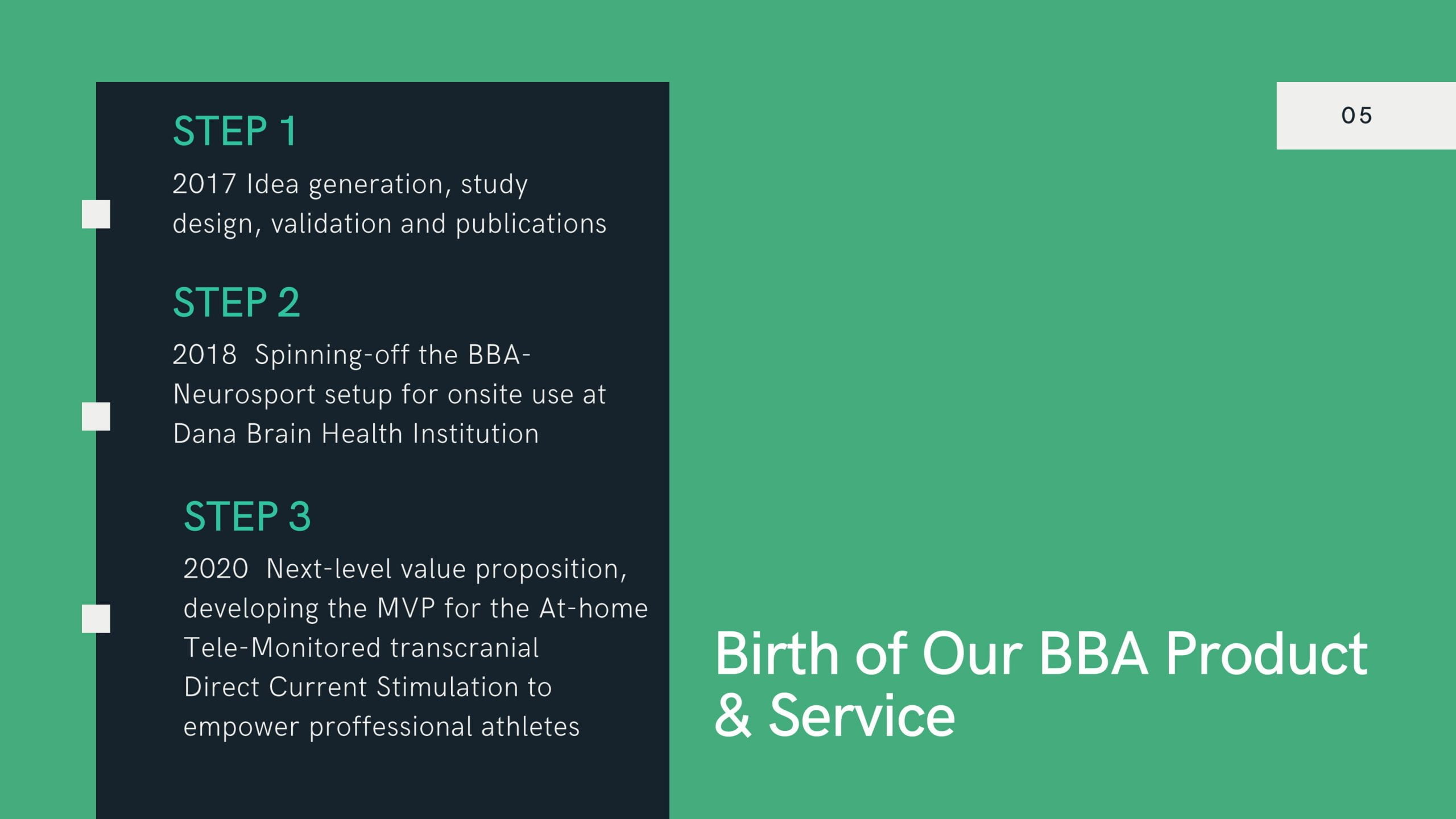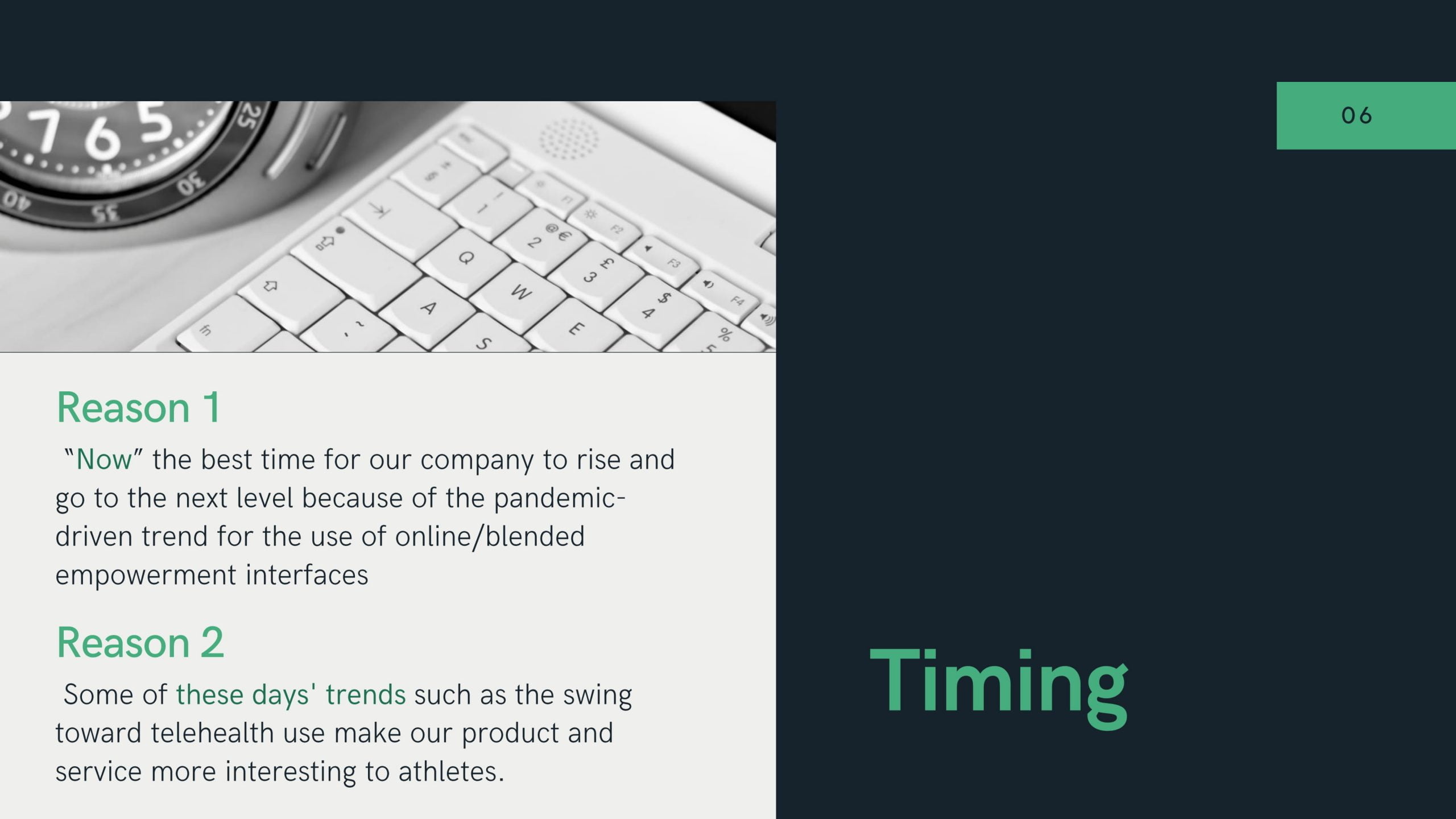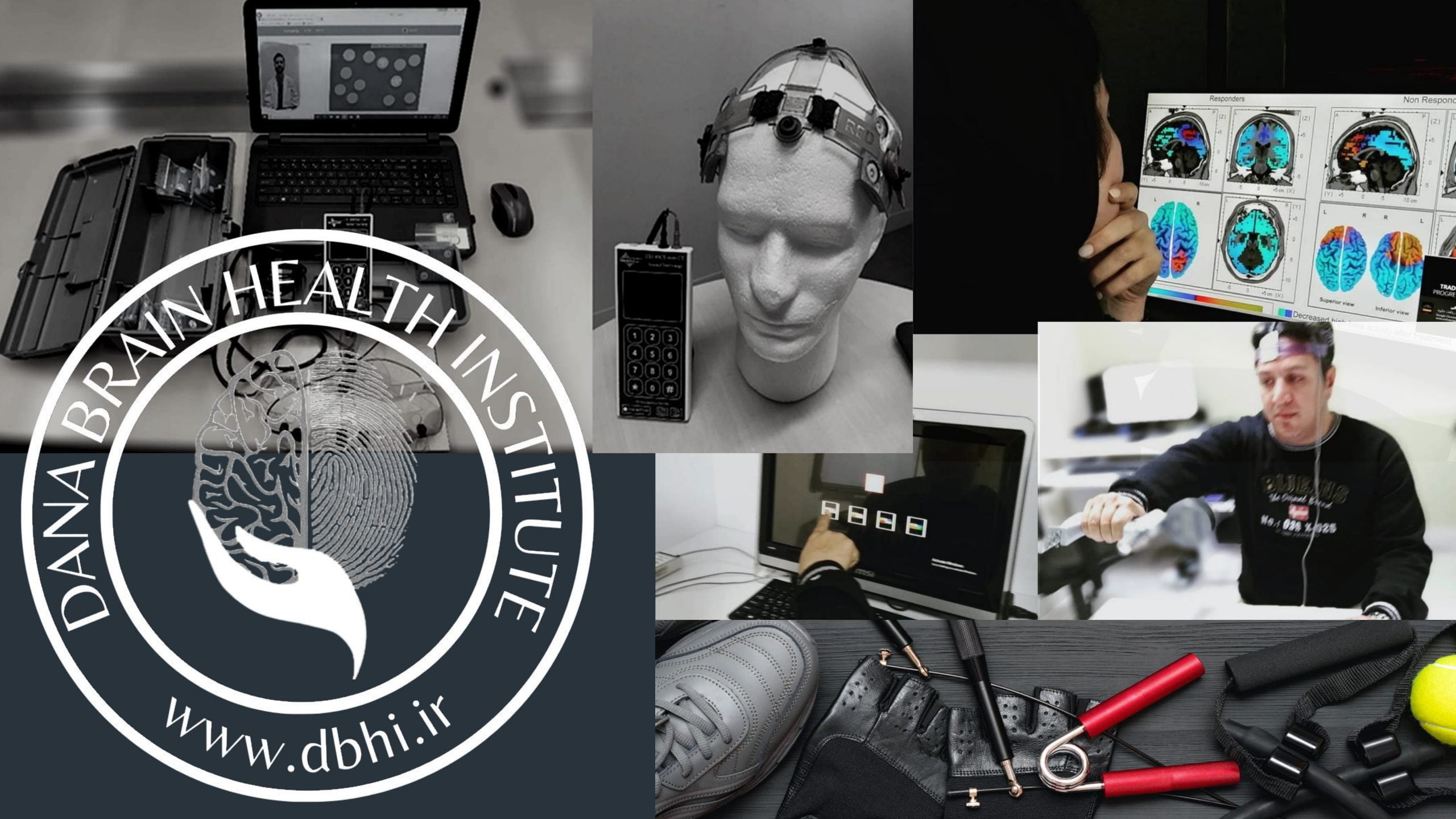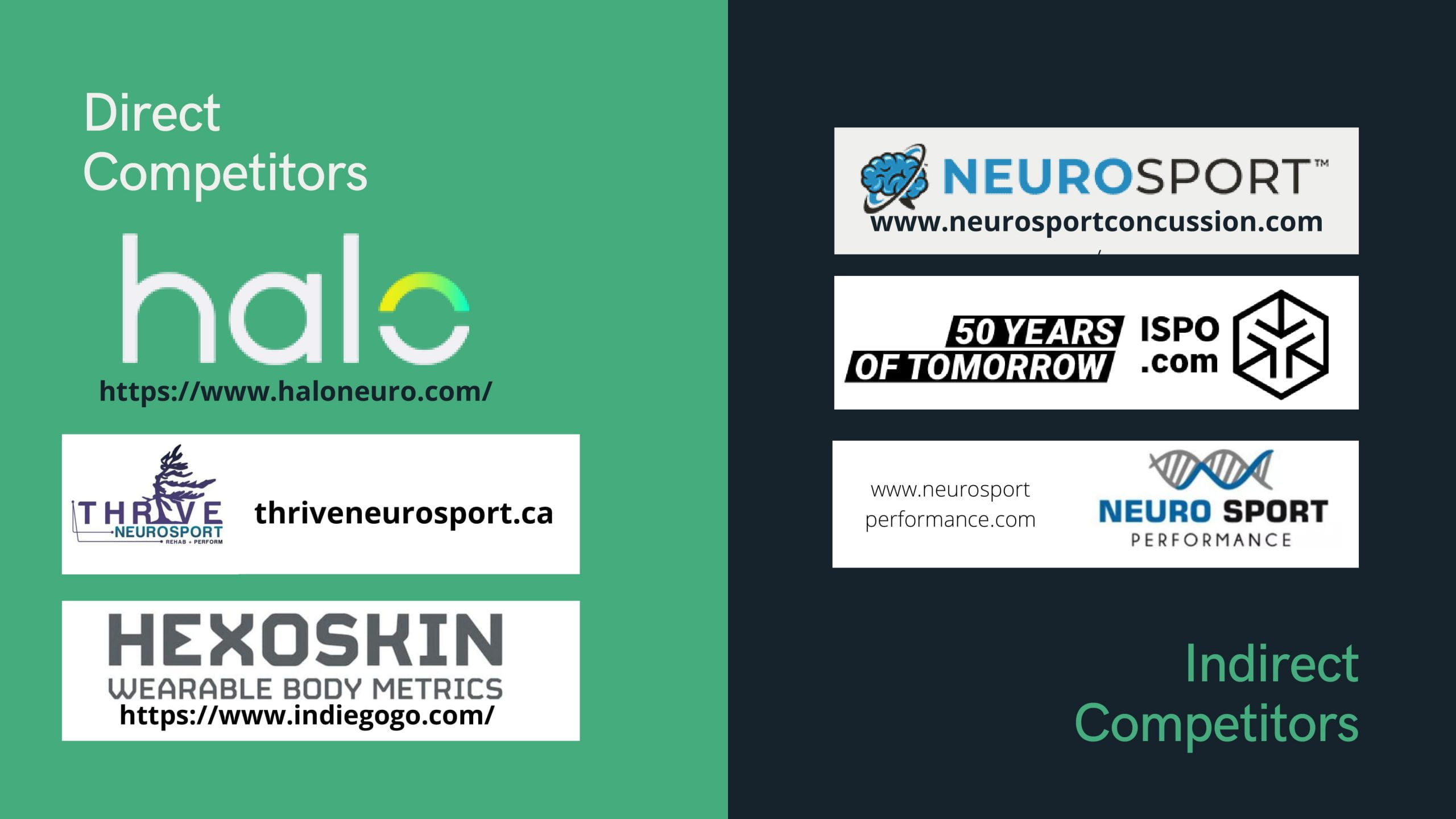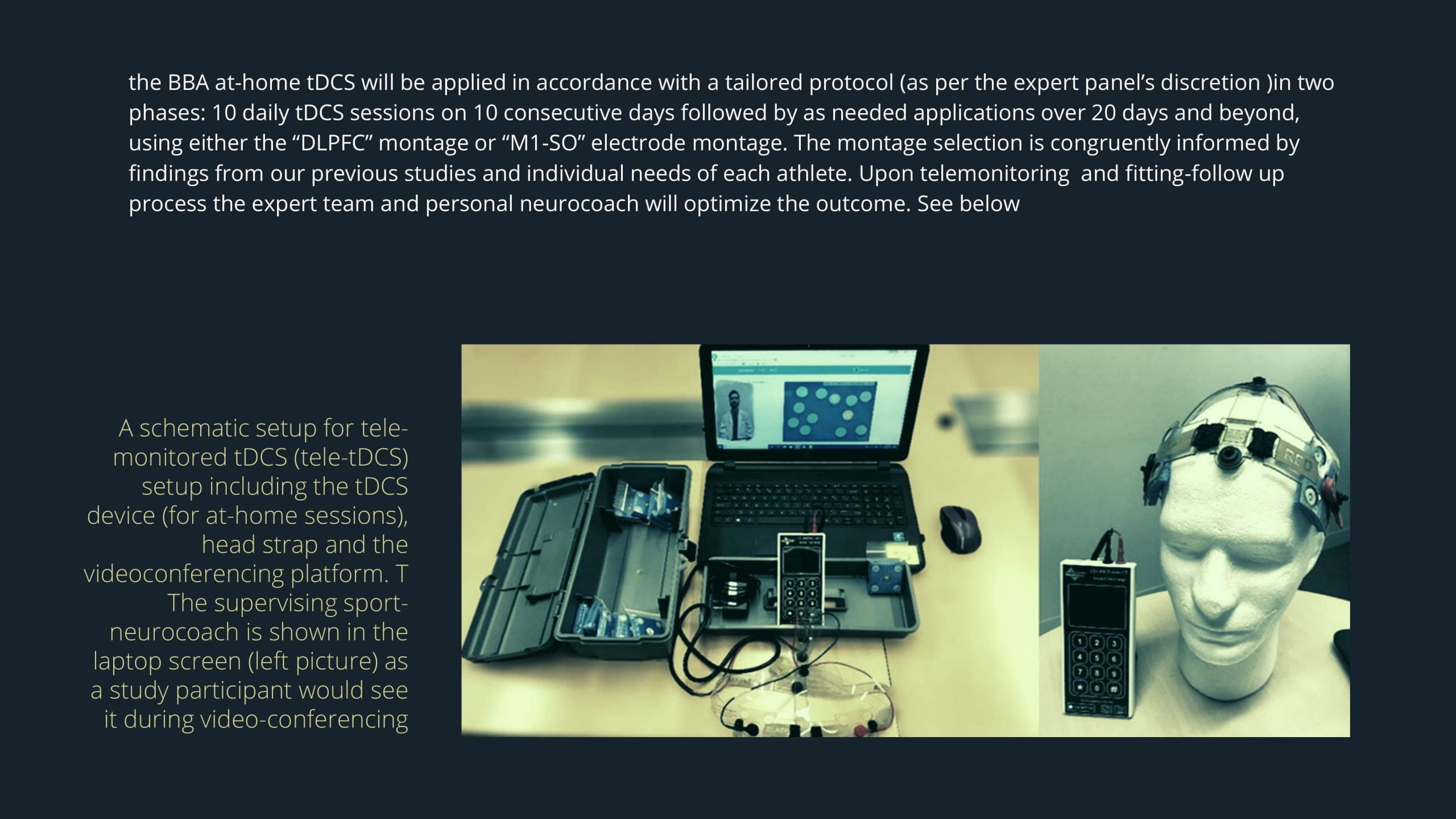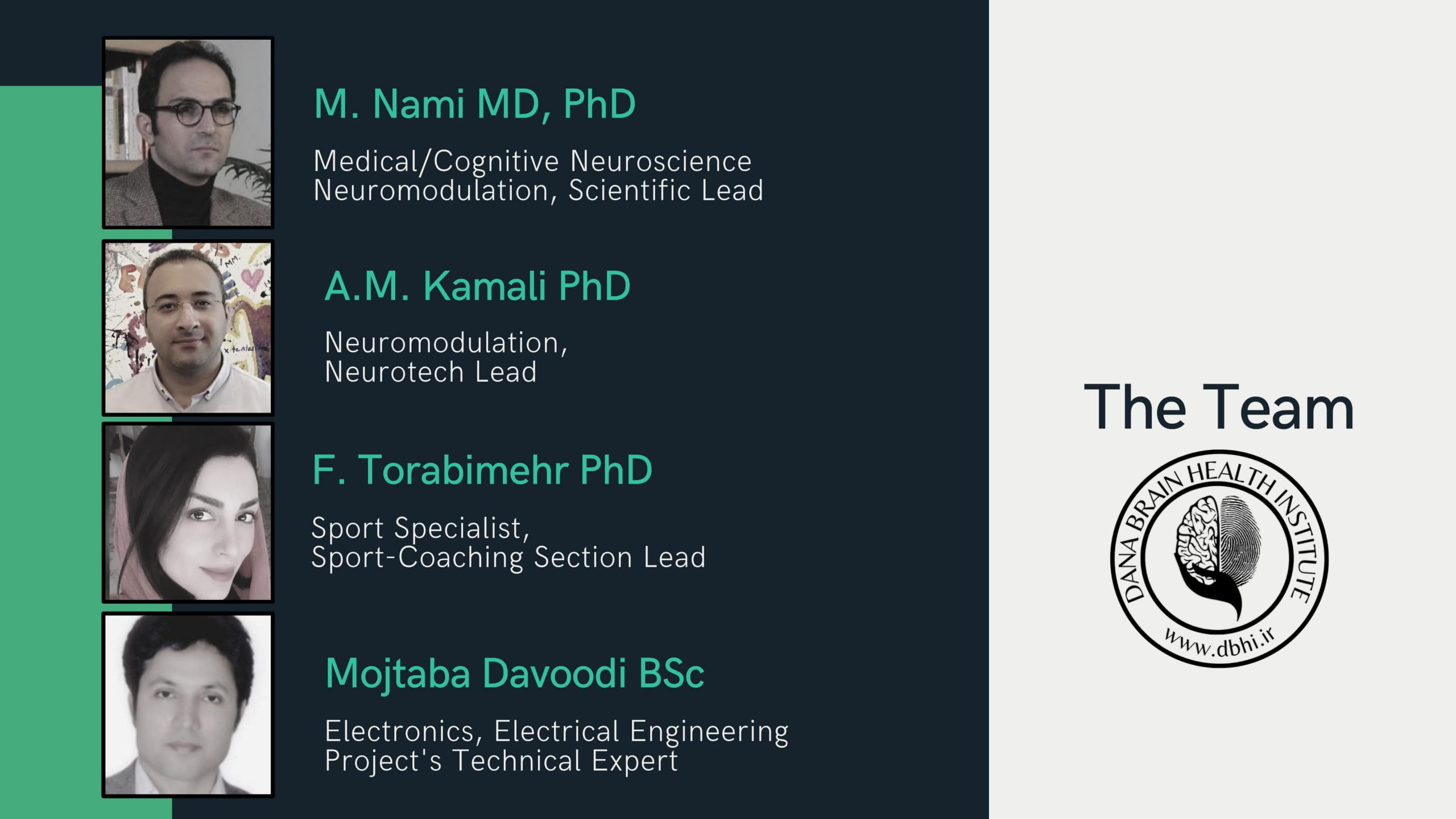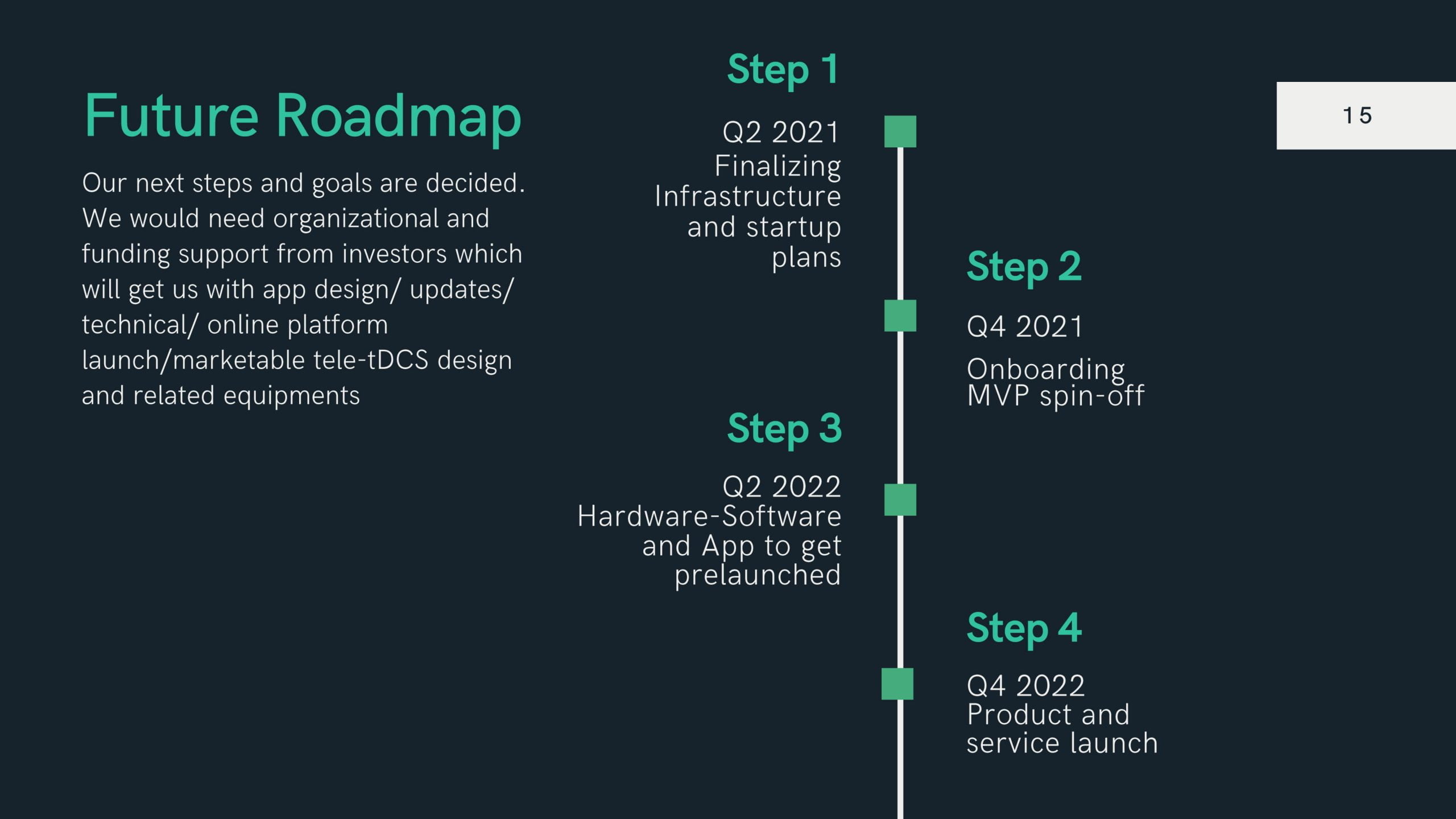At-home Tele-Monitored transcranial Direct Current Stimulation to empower professional athletes
 The Problem
The Problem
It is important to be aware of our brain health and empower that, especially when we do something special like professional sport training. Developed by clinical neuroscientists this fun and easy to use non-invasive telemonitored brain stimulation gadget uses scientifically validated assessment and tele-monitored intervention for the purpose of empowering professional athletes in terms of speed, power and accuracy in their athletic performance.
A healthier and even-more capable brain has the necessary network of connections to enjoy a full life and performance at its fullest possible capacity. This is now attainable in part through the use of validated neurotechnology and neuromodulation-based methods
The Solution
tDCS is a modality of NIBS involving the application of a low amplitude direct current (DC) via surface electrodes on the scalp for a predetermined time in a relatively safe manner. In tDCS, the cerebral cortex is stimulated through
a continuous, weak current (usually 1 to 2mA) which alters brain function by changing the neuronal resting membrane potential to either cause depolarization (under the anode) or hyperpolarization (under the cathode)
The broad application of non-invasive brain stimulation techniques, including tDCS, is currently limited by different factors including the high heterogeneity of stimulation parameters and methods
 Our Product / Service
Our Product / Service
In the developmental phase, the tDCS procedure will be adjusted for easy
application by the athlete for at-home use, and a tDCS protocol with specific elements for enhanced safety and remote adherence monitoring will be created by an expert panel following an initial online assessment and subsequent follow up. Lay language instructional materials will be written and revised based on expert feedback. The materials will then be loaded onto a bench computer allowing for secure videoconferencing. The telehealth computer platform (our monitoring deck) will be paired with an at-home tDCS device that allowed for remote dose control via electronic codes dispensed to the athlete prior to each session. tDCS will be delivered in two phases: once daily on 10 consecutive days, followed by an as needed regimen for 20 days and adjusted onwards.
The initial feasibility of our tDCS-tele-empowerment system is to be evaluated in the pilot phase using the mature prototype. Changes in athletic performance ( as per the professional and sport medicine measures) as well as the subjective satisfaction will then be assessed with the Condensed Assessment. Scale (CAS) and a tDCS user survey through follow-up tele-consultation session with the expert team (see the enclosed tele-health tracker sheet and sample report).
Who is Our Customer
Every healthy athlete across age-groups (and professional athletes in particular) who seeks empowerment (neurocognitive empowerment and sensory motor enhancement) in brain function and professional athletic performance.
How Will They Benefit
Through safe and time-tested neurotechnology (i.e. tDCS) yet is a remote/tele-monitored set up, professional athletes can keep training sport and gradually raise the bar at their own pace under on-line consultation of an expert neurosport-coach. The at-home tDCS set up will overcome the burden referring to the office, cut the cost and enhance convenience in receiving modern and evidence-based neurosport service by professional athletes.
 ALTERNATIVES THEY USE
ALTERNATIVES THEY USE
Routine referrals to neurosport/ athletic enhancement sport neuro-medicine facilities, taking empowerment services which are costlier and often less productive than predictive, personalized and empowerment measures we offer in a remote telemonitored setup.
The competitive edge of what we propose:
For Halo, though the idea has been a very captivating one at first place, the module follows a “one-size fitting all’ concept and is not necessarily tailored with no possibility to objectively follow the response. Additionally, and the cortical stimulation is literally limited to the primary motor cortex. Meanwhile, our currently proposed At-home Tele-Monitored transcranial Direct Current Stimulation to empower professional athletes is fully customizable allowing individualized approach and possibility to monitor and revise plans under the care of an expert in a tele-monitoring platform
 WHY WE ARE BETTER
WHY WE ARE BETTER
The at-home tDCS will applied in accordance with a tailored protocol (as per the expert panel’s discretion )in two phases: 10 daily tDCS sessions on 10 consecutive days followed by as needed applications over 20 days and beyond, using either the “DLPFC” montage or “M1-SO” electrode montage. The montage selection is congruently informed by findings from our previous studies and individual needs of each athlete. Based on a plethora of evidence and empirical findings in neuroscience research, athletic performance on a person-to-person basis and sport field can be can be empowered using the “DLPFC” montage with the anode on the left hemisphere over the area corresponding with the F3 point of the international 10–20 EEG system and the cathode over F4. M1-SO montage is a well-referred to setup to enhance motor performance including strength, endurance, speed and accuracy measures. Our platform uses state-of-the-art neuromotor enhancement (mobile health) backed up by a plethora of research. Safety and tolerability will be of utmost importance. The below 10 stop model will be used to ensure optimal tolerability, inclusion and adherence to the empowerment protocol. This algorithmic diagram with stop criteria for tele-monitored tDCS will be applied over the initial assessment (online consultation) and gadget fitting process. This protocol includes the athletes capability to participate in tDCS fitting process, check list of procedures for safe placement of electrodes/head-mounted garget, dose control, monitoring of compliance and adverse events, and clear guidelines for discontinuation of sessions.










